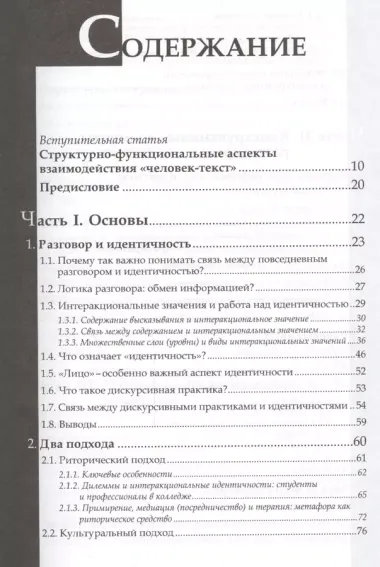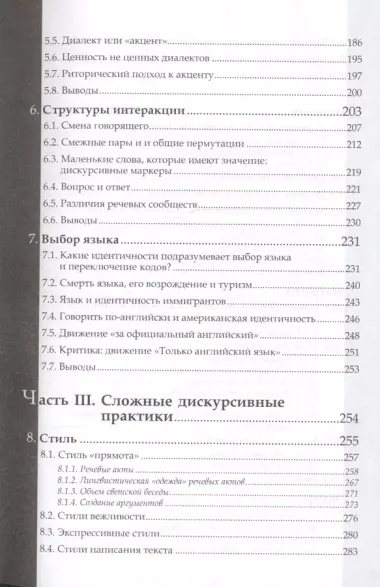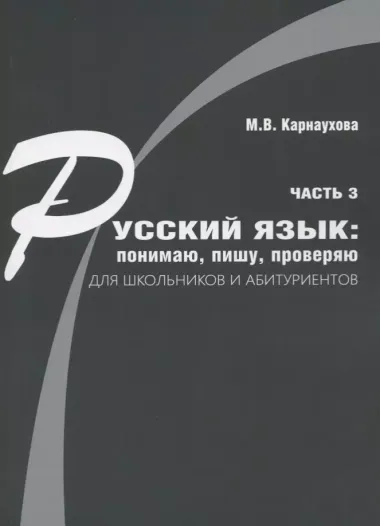Повседневный разговор. Строение и отражение идентичности
Kirjeldus
Разговор... это просто поток слов, которые люди говорят друг другу? Отнюдь. То, как люди говорят (тембр, высота голоса, паузы, акценты) отражает, кто они и в каких взаимоотношениях находятся друг с другом. В разговоре мы можем определить собственное «Я» человека, его идентичность. К. Трейси и Д. Роблз рассказывают о том, на что нужно обращать внимание в разговоре, чтобы выяснить это; и за чем нужно следить, чтобы не выдать нежелательную информацию о себе. Авторы переплетают риторический и культуральный подходы с анализом «мелочей» в разговоре. Многочисленные подробные примеры показывают, что разговор — это средство, с помощью которого люди строят свои идентичности и взаимоотношения. .Книга отличается системным подходом и широким охватом темы, а яркие примеры и живой язык способствуют ее лучшему пониманию. Она, прежде всего, будет интересна специалистам в области лингвистики и коммуникации, филологам, языковедам, а также всем тем, кто хотел бы превратить разговор в полезный инструмент самопрезентации и построения эффективных отношений. .Talk... is this simply a flow of words that people tell each other? Not al all. The way people talk (the tone, pitch of the voice, emphases) reflects who they are and in what relationships they are with each other. In the course of the talk we can define a man's identity. K.Tracy and J.Robles point to the things that must be taken into account in the talk and the things we should keep an eye on not to disclose undesired information about ourselves. The authors interwine rhetorical and cultural approaches with the analysis of "thises" and "that's" that occur in the talk. Multiple detailed examples show that the talk is a means by which people build their identities and relationships. .The book is characterized by the systemic approach and wide scope of the topic coverage. Lively examples and a vivid language help to better understand it. It will be first of all interesting for specialists in the field of linguistics and communication, for philologists, and for all those who would like to turn the talk into a useful instrument of self-presentation and building of effective relationships. . .
0









